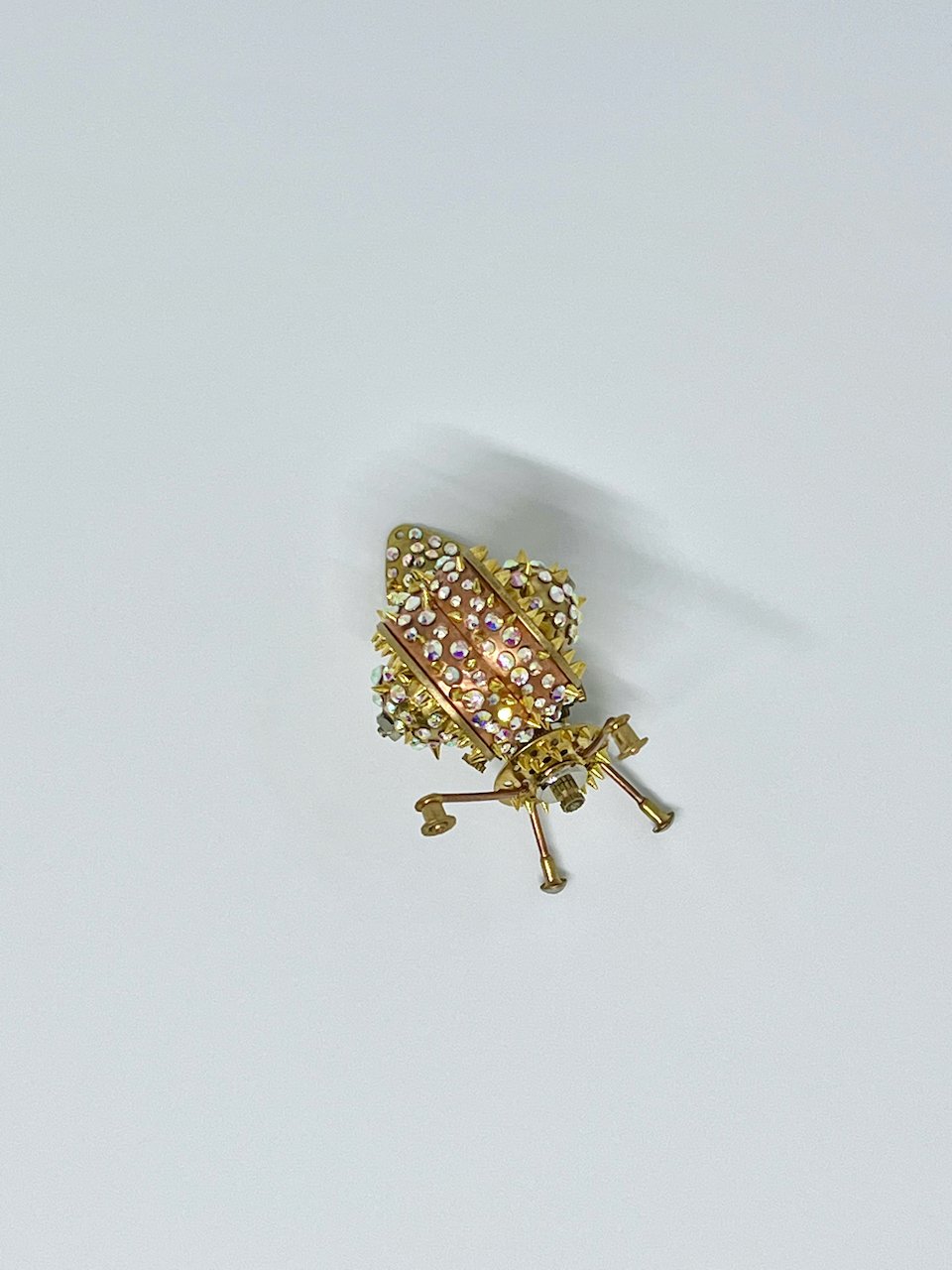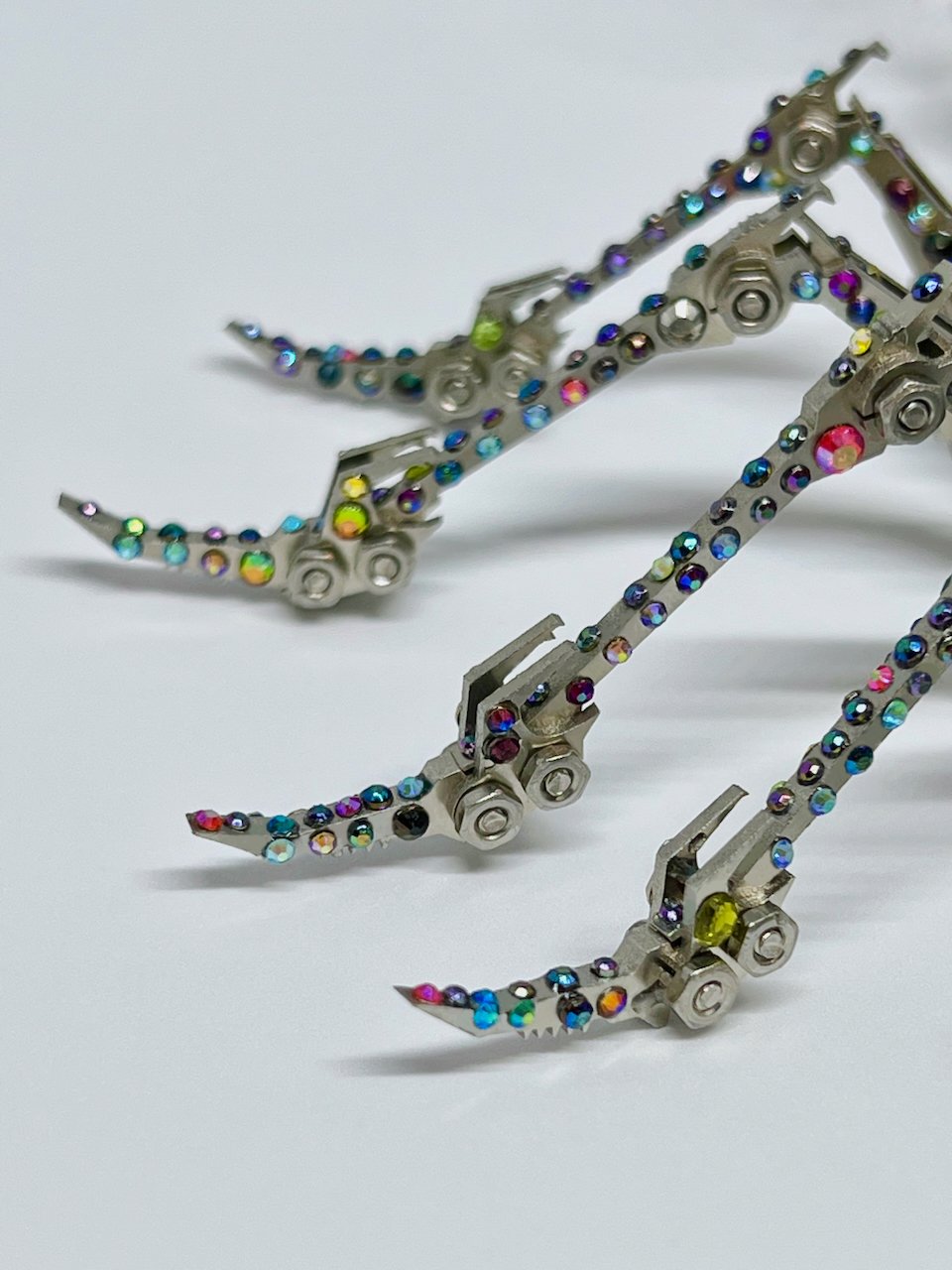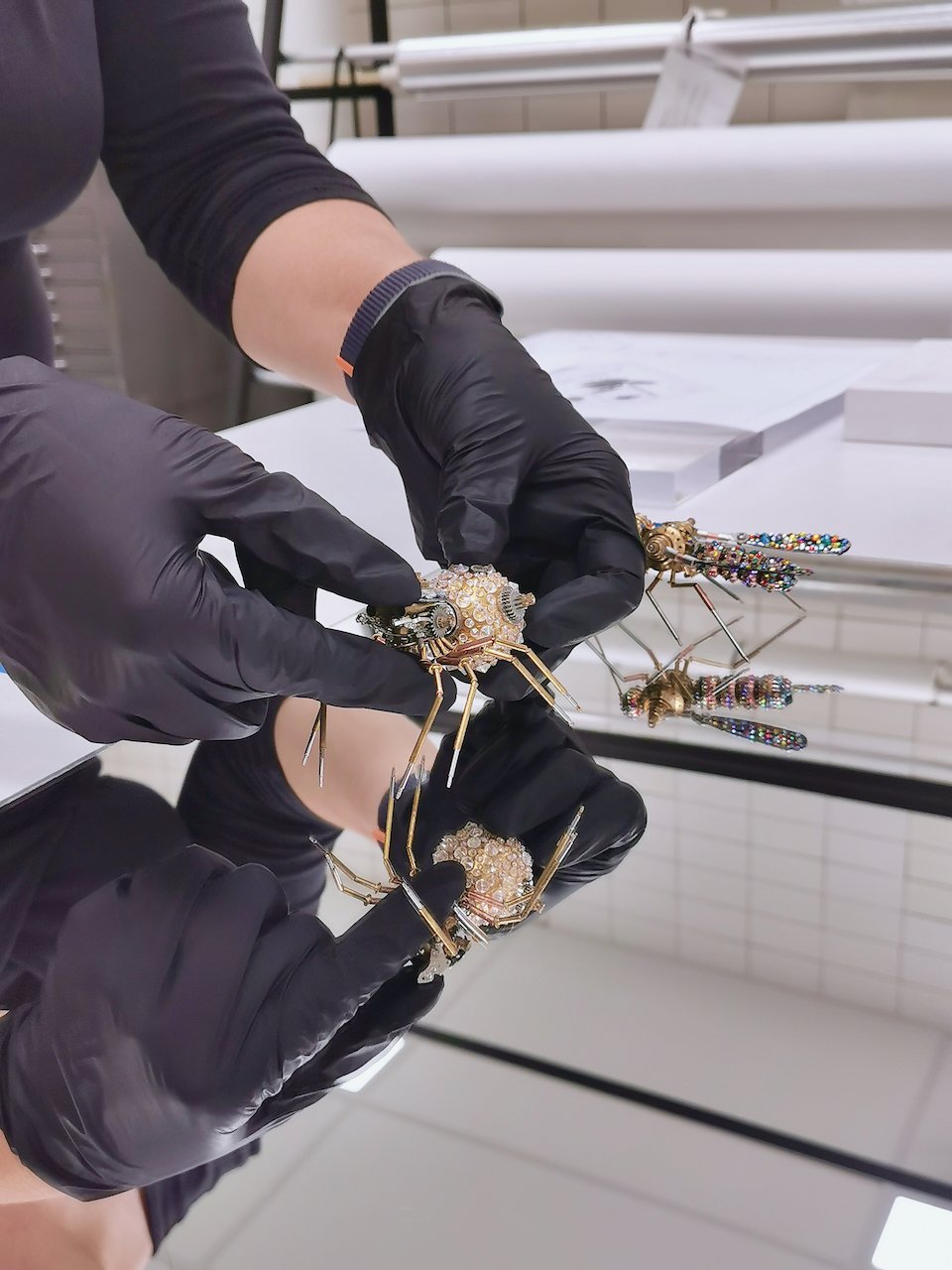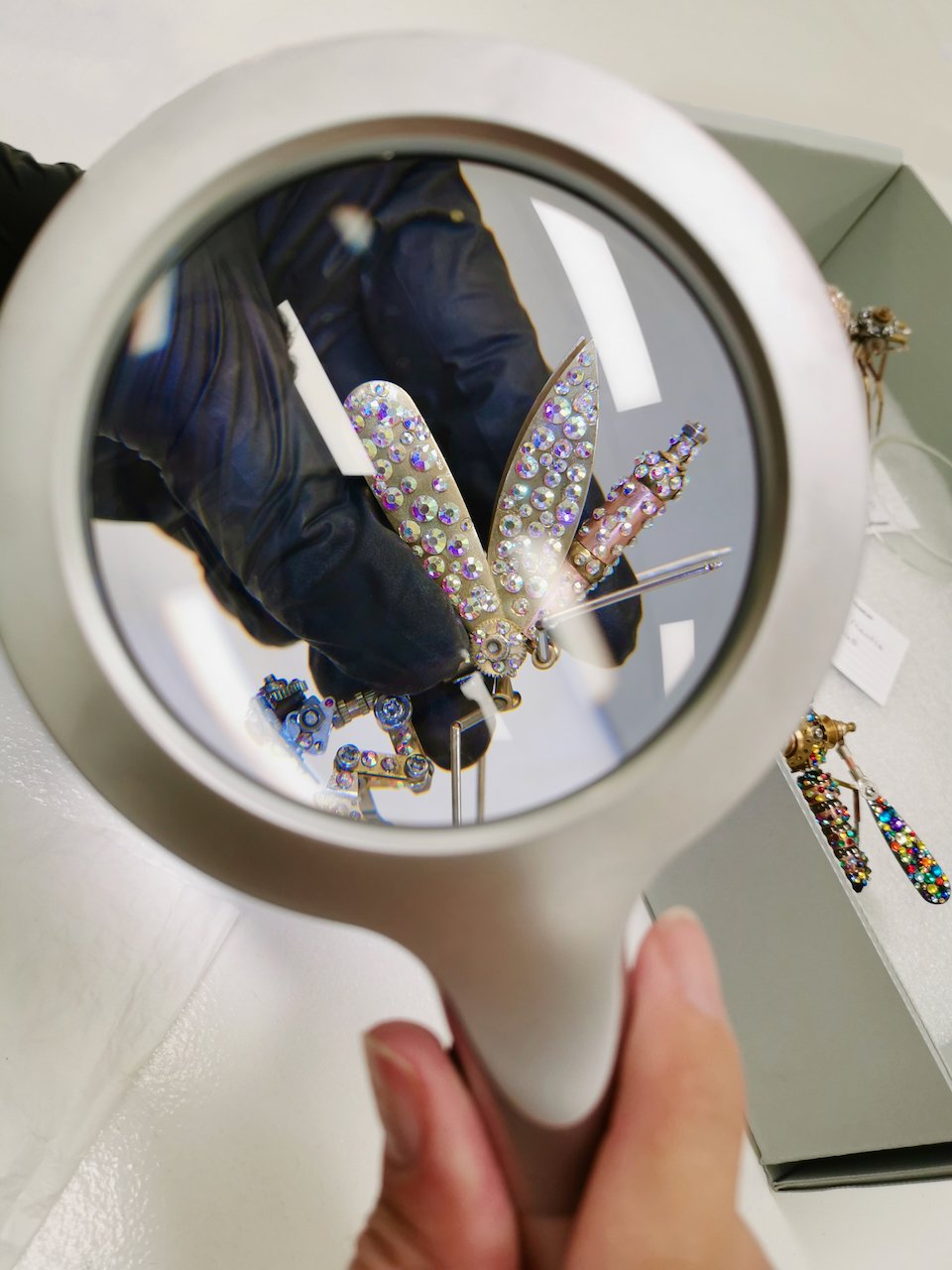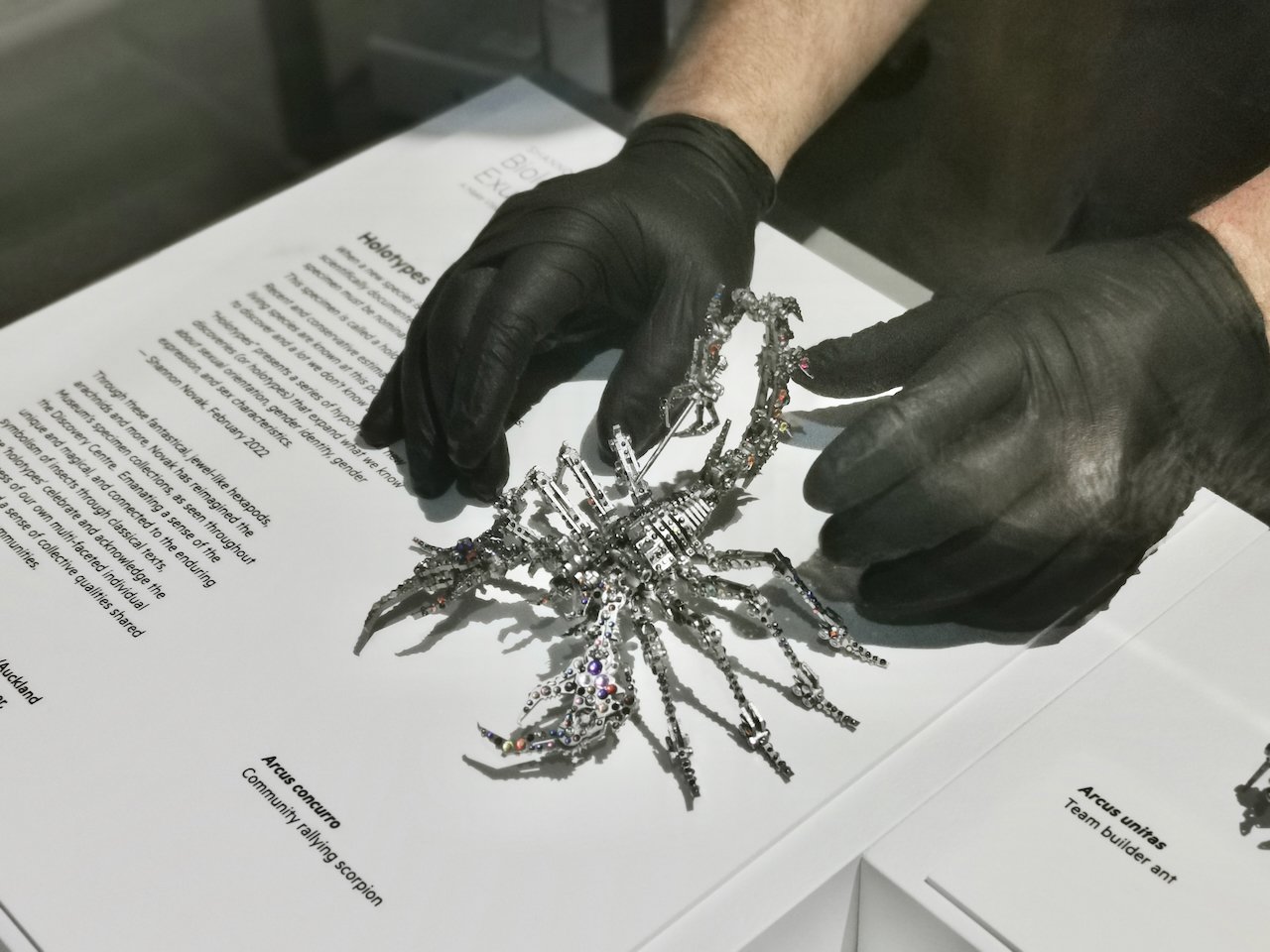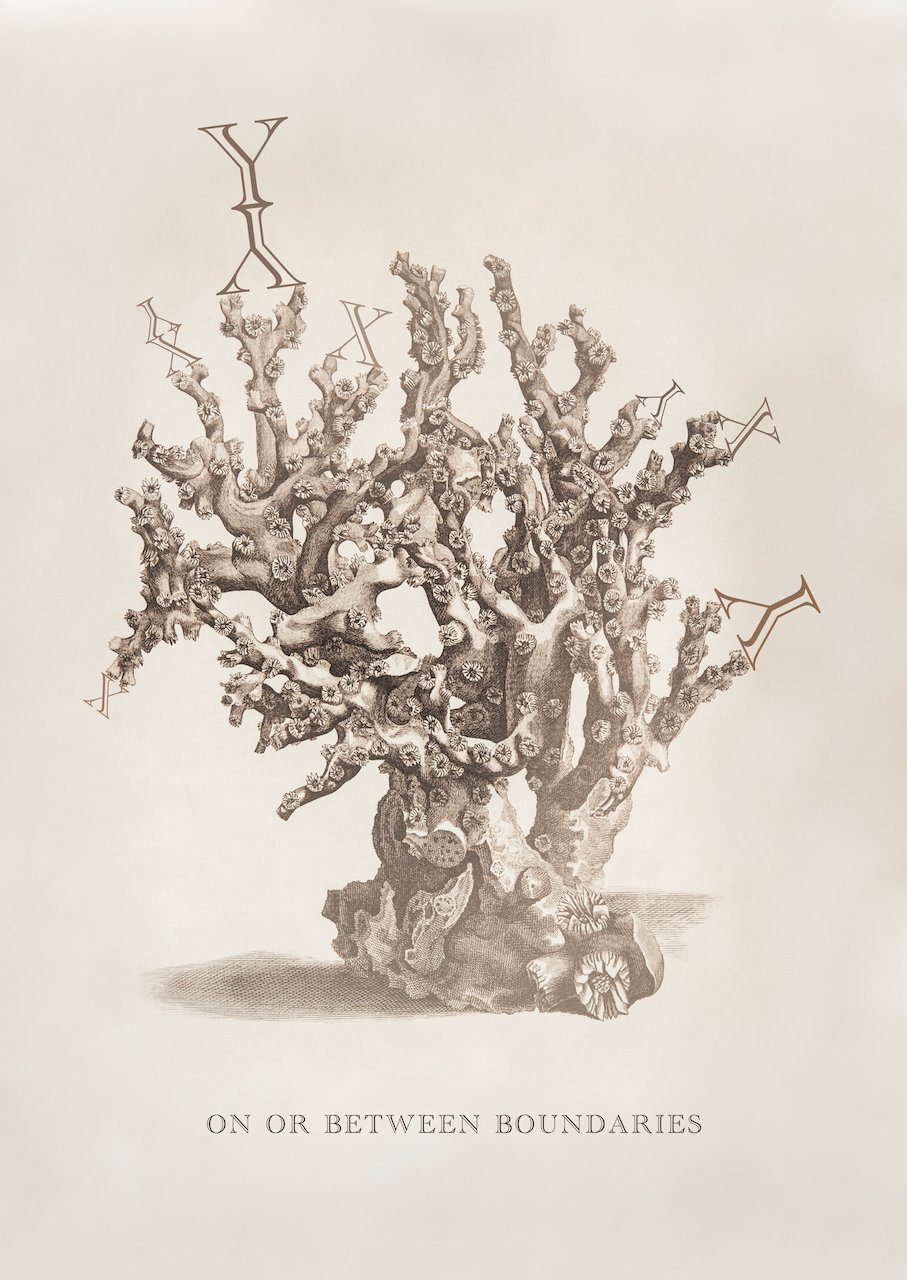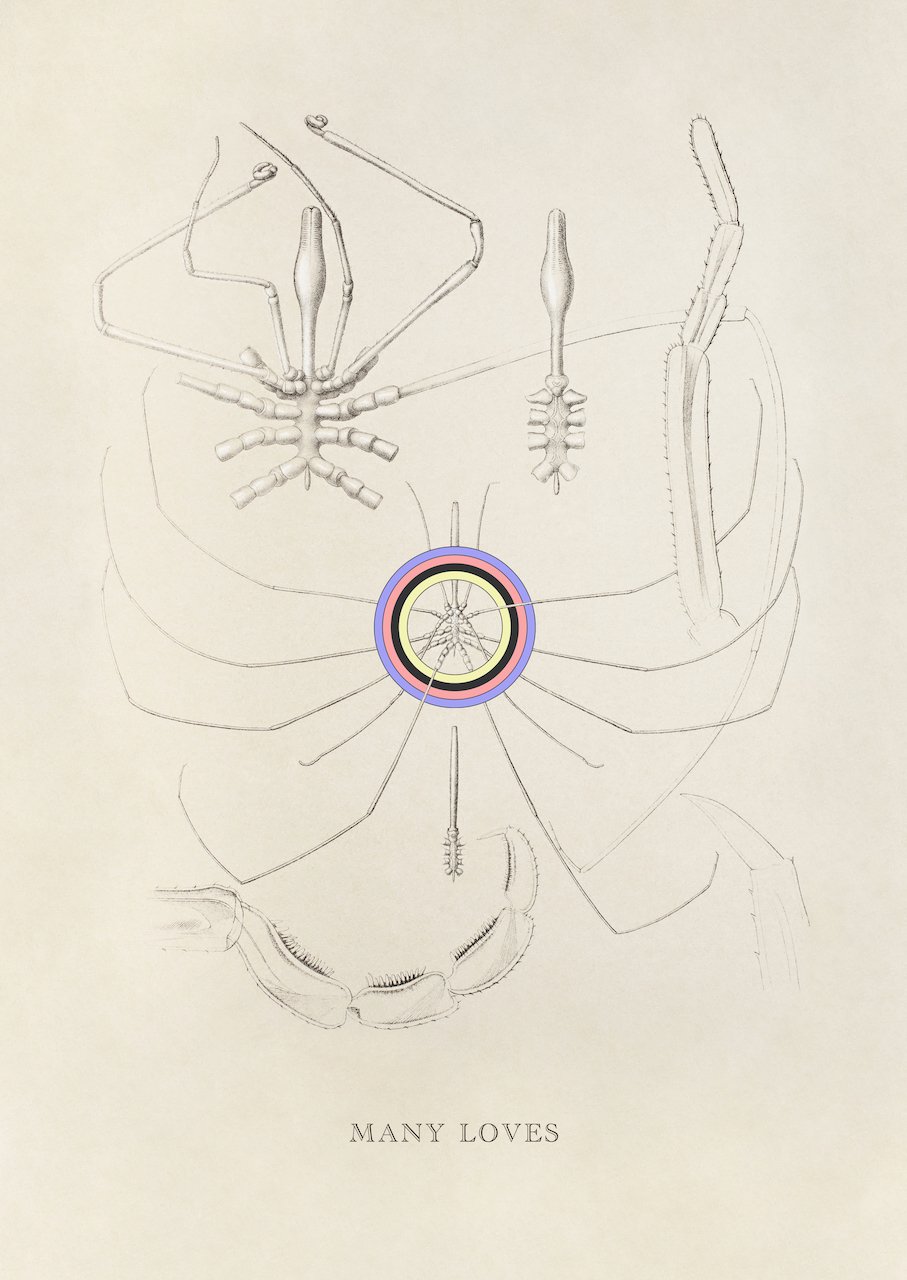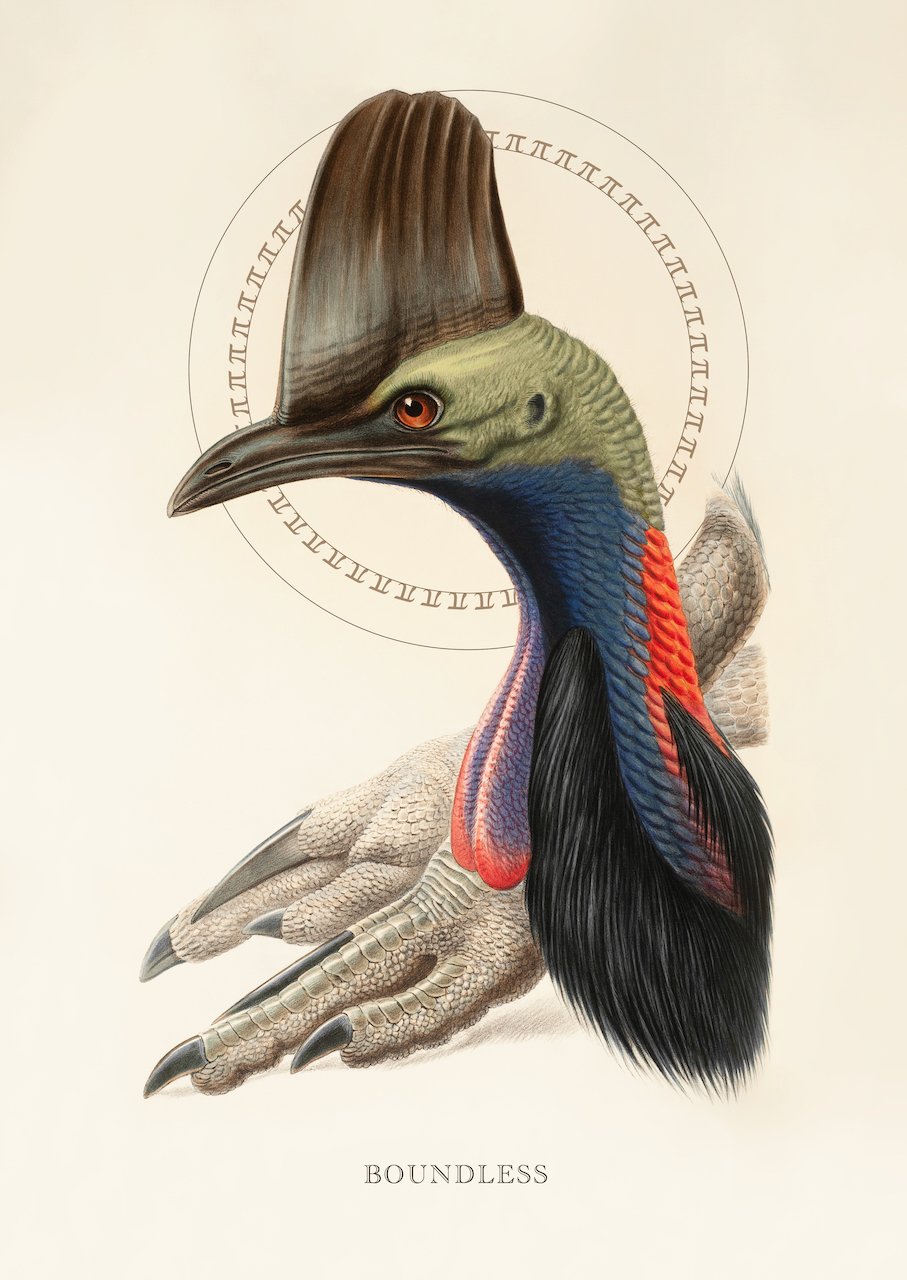BIOLOGICAL EXUBERANCE
Queensland Museum, Brisbane, Queensland, Australia, 2021.
This was a collaborative project with Queensland Museum led by Chris Salter, Head of Cultures and Histories. The focus was to challenge heteronormative views of nature by highlighting diversity found in nature in relation to sexual orientation, romantic orientation, gender identity, gender expression, and sex characteristics. The project is named after the book Biological Exuberance: Animal Homosexuality and Natural Diversity written by biologist and researcher Bruce Bagemihl in 1999. The book evidences how diverse sexual orientation and gender expression is in more than 450 species.
Biological Exuberance is a body of work Novak developed with local LGBTQI+ communities across the museum including:
The Rainbow Gene
The Modern Family
Holotypes
Reframing Biodiversity
1. THE RAINBOW GENE
Genomes are an organisms complete set of genetic instructions that allow it to grow and develop. There is still much to discover about genomes, genes, and chromosomes and why we are the way we are. The Rainbow Gene celebrates our biodiversity, the known, and the unknown.
2. THE MODERN FAMILY
This intervention is installed in the Whale Mall where three humpback whales float in the air. The original creators identify these as a bull, cow, and young calf, however, this could be interpreted differently by the viewer. Humpback whale males and females look very similar to each other, making it very difficult to visually determine sex. Both have a genital slit on its underside and the relative location of this slit determines sex. For males the genital slit is located closer to the whales stomach. For females, the genital slit is closer to their tail flukes. The two larger whale sculptures don’t have slits, so they could be a male and female, male and male, or female and female. The family unit we see could be many configurations.
This intervention consists of a window work by Novak titled The Parent, The Parent, and The Child and an audio work titled Currents (Beauty in Ambiguity) developed in collaboration with artist Jase Ess.
2.1 THE PARENT, THE PARENT, AND THE CHILD
This work mirrors the three floating whales onto the glass window panels in the Whale Mall. Breaking the work into thirds, the left and right thirds represent the two parent figures and the middle third represents the child.
2.2 CURRENTS (BEAUTY IN AMBIGUITY)
This is a sound work developed by artist Jase Ess exploring the diversity, flow, and beauty of sex characteristics as found in nature. With reference to the difficulty in determining the sex of humpback whales as something beautiful, Ess recounts, merges, and celebrates their own experiences of ambiguity in gender identity through sound.
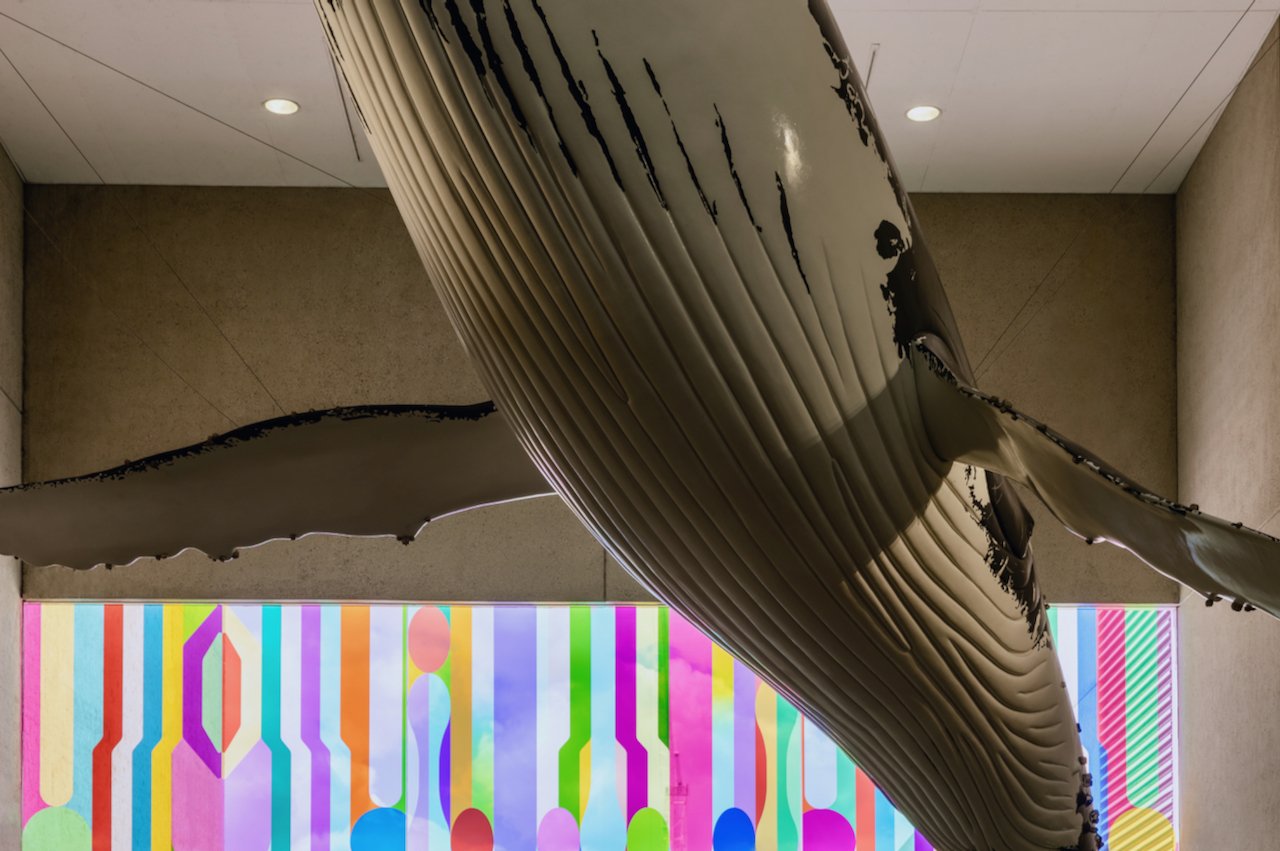
3. HOLOTYPES
When a new species is discovered, it must be scientifically documented. At this time, a single specimen must be nominated to represent that species. This specimen is called a holotype. Recent and conservative estimates suggest 18% of all living species are known at this point. There is a lot left to discover and a lot we don’t know about biodiversity. Holotypes presents a series of hypothetical and scientifically named new discoveries that expand what we know about sexual orientation, gender identity, gender expression, and sex characteristics in nature.
4. reframing biodiversity
This installation invites the audience to explore the Discovery Centre at the museum through Novak’s eyes. Drawers and cases are marked to highlight specimens that challenge heteronormativity and show diversity in sexual orientation, gender identity, gender expression, and sex characteristics. In addition, a selection of images from the Queensland Museum Network Image Library are displayed, digitally edited by Novak to reflect the often hidden and diverse dimensions of each subject. These are primarily living organisms taken from natural history books written as early as the eighteenth century.




















































